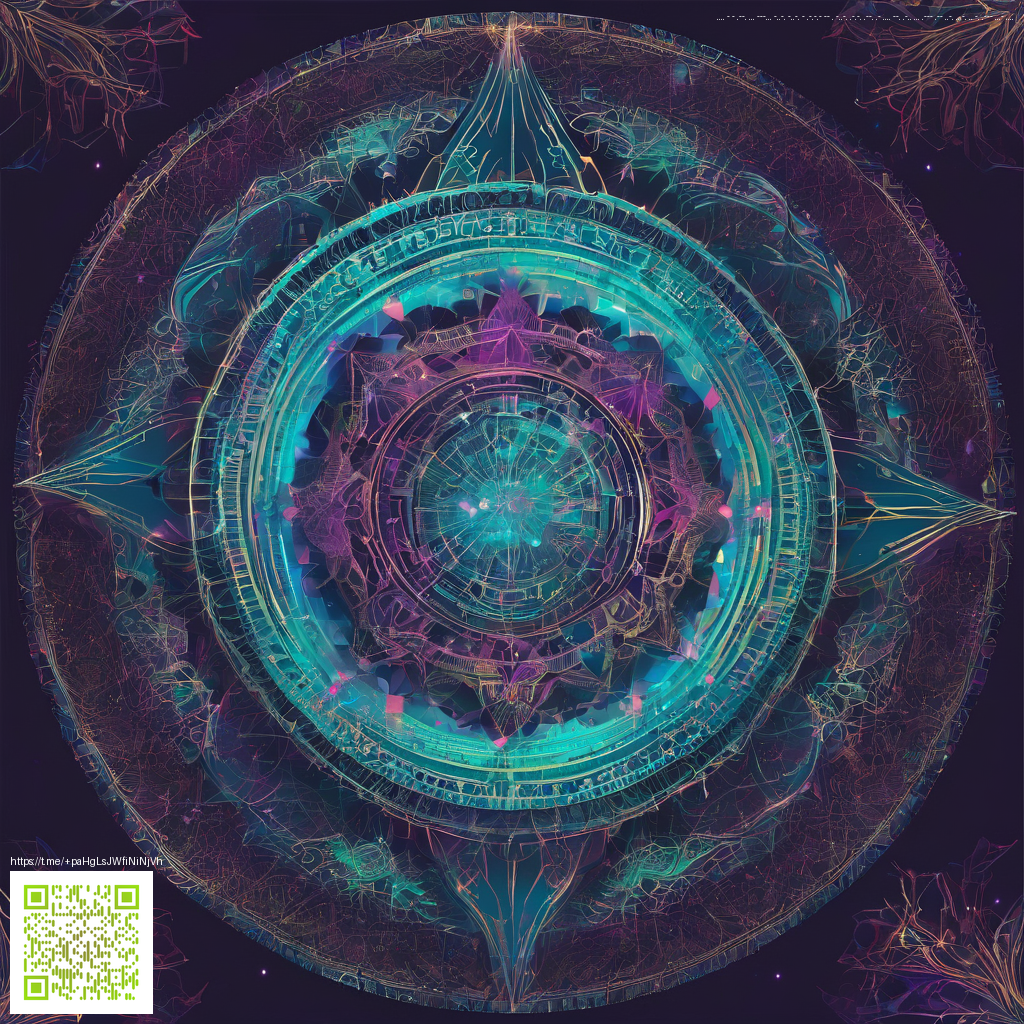
Post launch analysis and insights for Warcraft III Reforged
The remastered edition of this iconic strategy classic arrived with fanfare and a long tail of questions. Five years on, players, modders, and developers alike are still unpacking how the game evolved after its launch, what patches changed for better or worse, and where community energy is driving innovation. This look blends gameplay observations with community voices, update history and the vibrant modding culture that keeps the old battlefield feeling fresh.
Animation collision changes on Reforged assets were introduced to better align with the original game’s collision behavior, a move that helped reduce visual dissonance during hotly contested skirmishes.
From the outset, the patch strategy demonstrated a willingness to iterate in public. The major 1.33.0 update emphasized fidelity and polish, with notes highlighting collision and animation adjustments designed to make unit interactions feel consistent with the classic experience. The goal was not simply to recreate a bygone era, but to bridge it with modern quality of life improvements that seasoned players would recognize without losing the strategic subtleties that define the series.
As the patch cadence matured, players watched how balance shifts interacted with campaign flow and multiplayer ladder health. While some changes drew praise for transparency and responsiveness, others sparked lively debates about the right balance between fidelity and playability. The post launch era became a case study in how a long dormant engine can still be steered toward a living, evolving experience rather than a static museum piece.
Gameplay trends and balance evolution
In the wake of the early patches, several classes and factions found new viable roles in competitive play. Players noted that some units gained distinctive utility in niche maps while others required fresh tactics to unlock their potential. This ebb and flow is a hallmark of a game that sits at the crossroads of evergreen strategy and modern patch culture. While a handful of balance shifts sparked controversy, the broader consensus recognized that ongoing adjustments kept the meta dynamic rather than stagnant.
The patch history also reveals a careful approach to campaign integrity. The 1.36.1 rollback, driven by instabilities tied to prior AI and scripting changes, underscored Blizzard’s commitment to preserving a cohesive narrative and mission flow even as the broader game received new systems. For players, that meant smaller but meaningful resets to keep the campaign experience reliable while the team explored longer term improvements.
The modding frontier and community contributions
Modders and creators became essential to keeping the title relevant. With the World Editor and a thriving ecosystem of fan-made campaigns, texture packs, and UI tweaks, players found ways to tune visuals, streamline controls, and polish accessibility without waiting on official patches. The Reforged era also highlighted a broader trend in which dedicated communities sculpt a living version of a classic, preserving nostalgia while injecting fresh ideas and constraints that challenge both players and developers to rethink balance, pacing, and readability on the map.
Community sentiment often centers on two axes the studio cannot fully control: identity and accessibility. Some players crave a faithful recreation of the original’s aesthetics, while others push for contemporary clarity and streamlined onboarding for new players. The ongoing dialogue around these priorities has created a rich, diverse ecosystem where both veteran tacticians and curious newcomers feel seen. It is a reminder that longevity in a strategy game depends not just on patches but on a vibrant, constructive culture that embraces both tradition and experimentation.
Developer commentary and future outlook
Public communications from the development team emphasize a philosophy of measured improvement rather than radical overhauls. The patch notes over the years have underscored a balance between performance, stability, and the core strategic space that fans adore. As the community continues to test new builds and share their findings, there is a growing sense that the title has settled into a sustainable rhythm. Players can expect continued refinements that honor the classic mechanics while embracing modern quality assurances that reduce friction during intense battles and tight campaigns.
For fans who care about the broader ecosystem, the ongoing conversation about a decentralized internet and open modding ecosystems adds an extra layer of significance. Collaborative platforms and independent communities are increasingly shaping how classic games remain accessible and mutable across generations. The energy around these ideas resonates with the same spirit that has sustained many long-running strategy titles through decades of updates and community-driven content.
To keep the discussion grounded in concrete updates and community sentiment, it helps to stay plugged into both patch histories and the passionate debates they generate. The balance between preserving the signature feel of a beloved title and introducing meaningful enhancements is delicate, but it is also what makes post launch analysis exciting for fans who want to be part of shaping the game’s ongoing story.
Curiosity about what comes next is natural. As the team continues to respond to player feedback and as modding communities push the boundaries of what is possible, the conversation remains lively, constructive, and highly informed. This is where the game’s enduring appeal truly shines, turning a historical RTS into a living, breathing living room for strategy fans around the world.
Support the project and help sustain a decentralized internet Support a decentralized internet